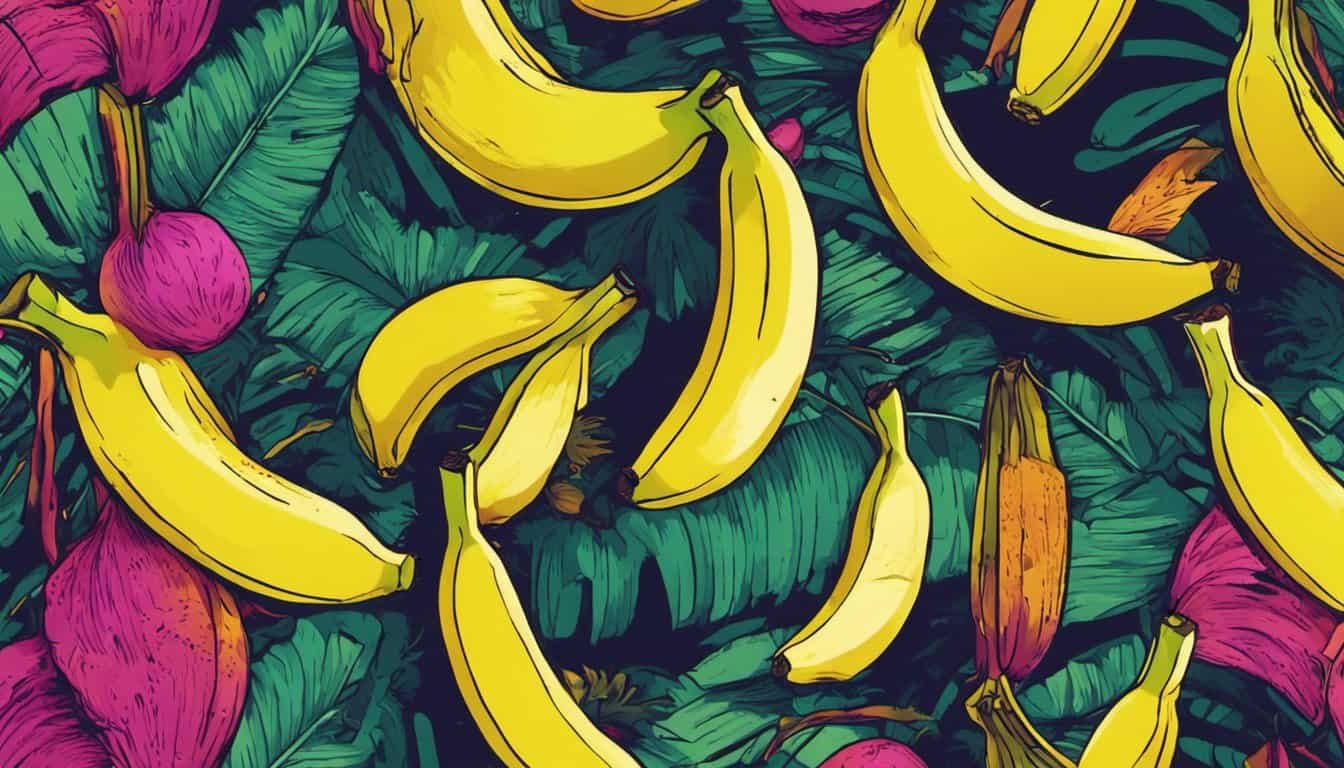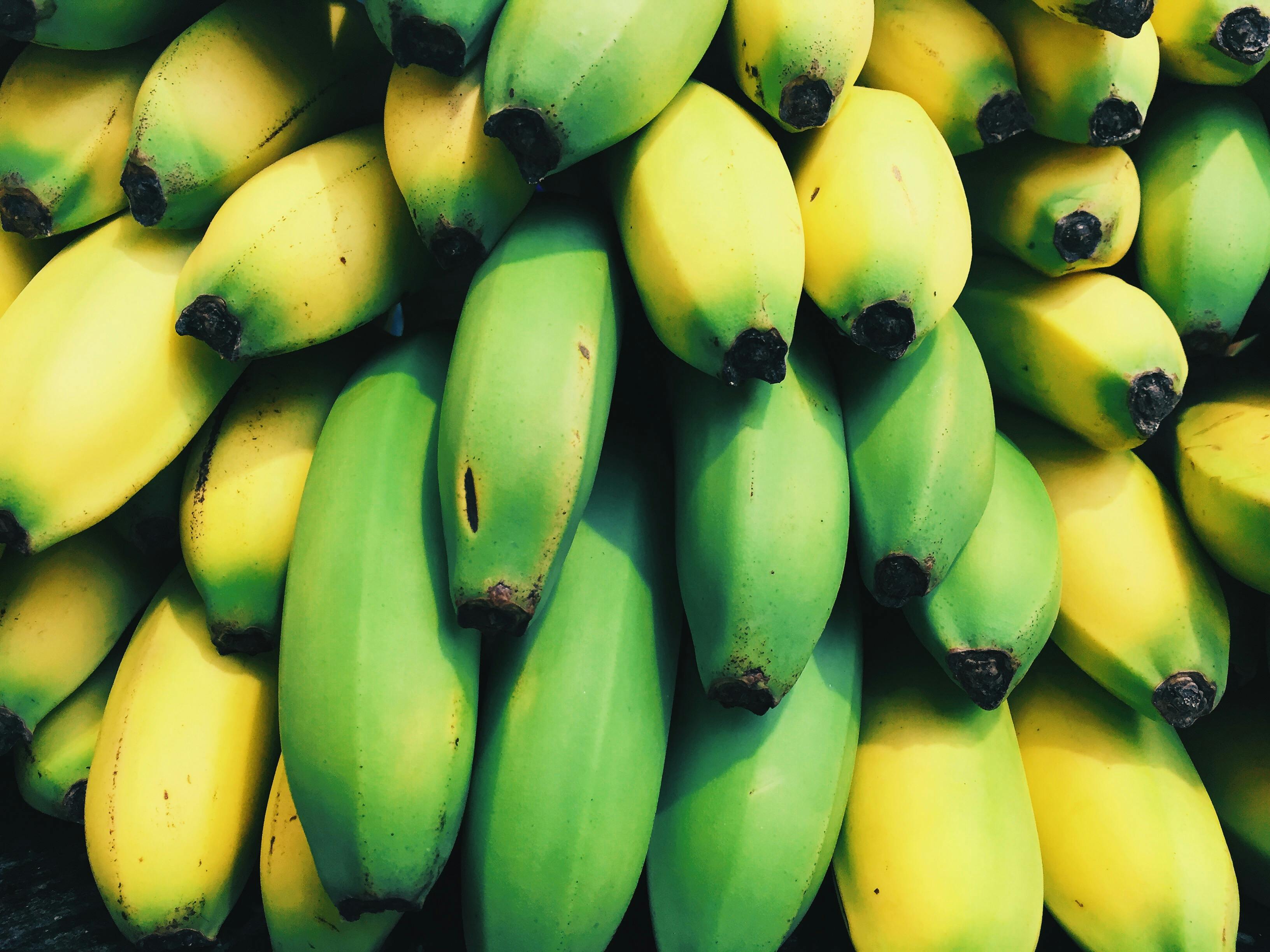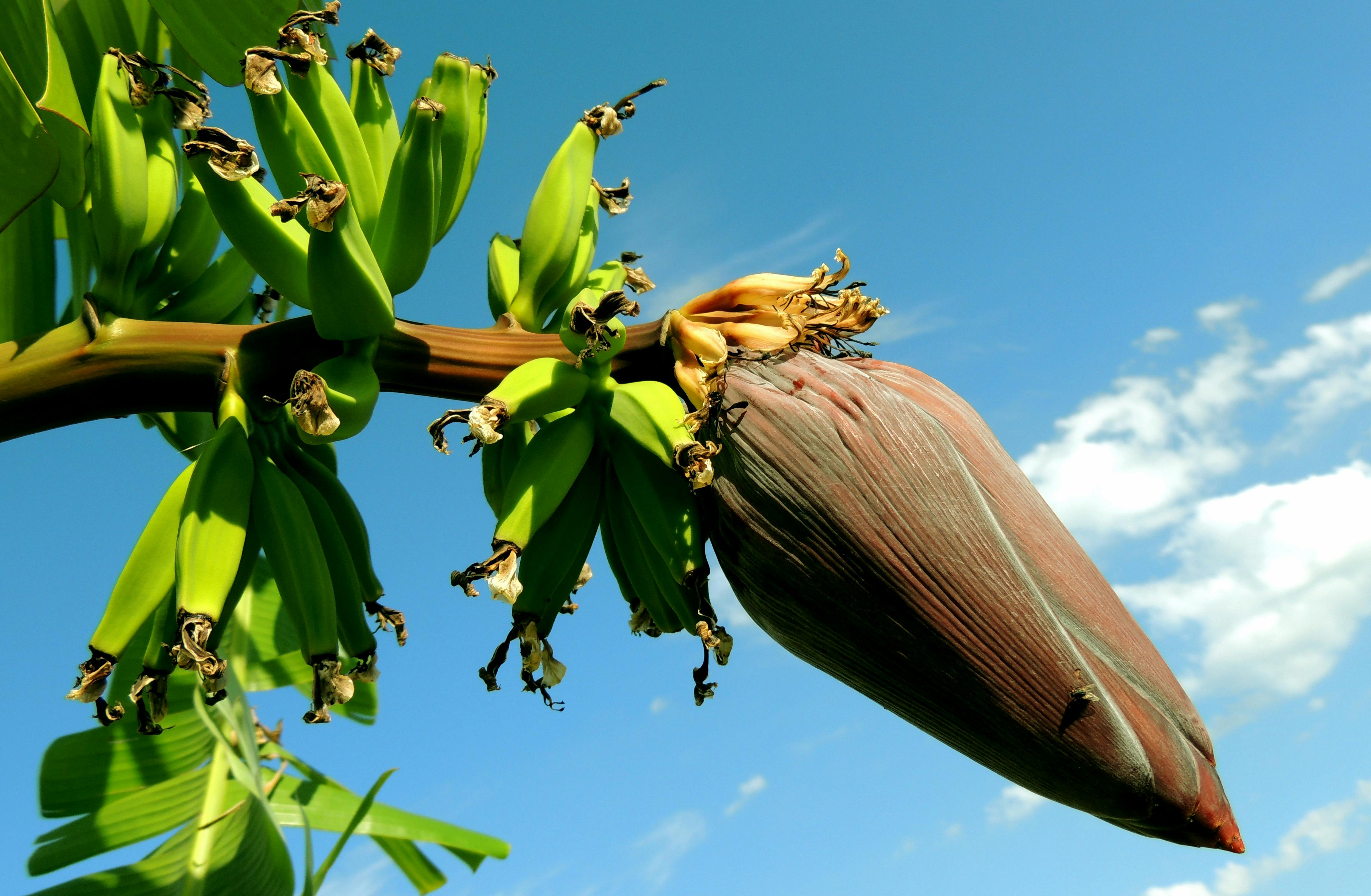Bananas are a beloved fruit that are widely consumed and appreciated around the world, but have you ever wondered what else eats bananas besides humans? In this article, we will delve into the world of banana consumption, exploring the nutrients in bananas, their importance for animals and humans, the various animals that eat bananas and how they do it, as well as the impact of the banana industry on wildlife. Additionally, we will take a culinary journey around the world and discover some popular banana recipes. Whether you are a banana lover or simply curious about these tropical delights, continue reading to learn more.
What nutrients are in bananas?
Bananas are a nutrient-rich fruit that offer a variety of health benefits. They are an excellent source of potassium, which is essential for maintaining healthy blood pressure and supporting optimal heart function. In addition to this, bananas are also rich in fiber, vitamin C, vitamin B6, and manganese.
Fiber is crucial for maintaining good digestive health and promoting regular bowel movements. Vitamin C is an important antioxidant that helps to protect cells from damage caused by free radicals. It also plays a vital role in collagen production, which supports healthy skin and connective tissue.

Vitamin B6 helps the body produce red blood cells and maintain proper brain function. Meanwhile, manganese supports healthy bone development and contributes to the body’s energy metabolism.
In summary, bananas contain a variety of nutrients that can support overall health and wellbeing. By including this delicious fruit in your diet regularly, you can reap the benefits of its many nutritional properties while enjoying its sweet taste!
Why are bananas important for animals and humans?
Bananas have long been a staple food for both animals and humans. Their importance lies in their versatility, nutritional value, and accessibility.
For animals, bananas provide a valuable source of energy and nutrients. Many primates, such as chimpanzees and gorillas, rely heavily on bananas as part of their diet. Birds and other animals also enjoy the sweet taste of this fruit.
Humans too can benefit greatly from consuming bananas. Rich in potassium, fiber, vitamin C, and B vitamins; bananas are an excellent addition to any diet. They can help regulate blood pressure, aid digestion, boost immunity and provide sustained energy throughout the day.
But beyond their nutrition value lies another reason why bananas are important for humans: accessibility. Unlike many other fruits that are seasonal or expensive to produce; bananas are available year-round at an affordable price point in most parts of the world.
In fact, the humble banana is one of the most widely consumed fruits globally; with over 100 billion eaten each year! This makes them an essential food source for millions of people around the world – particularly those living in poverty or lacking access to fresh produce.
So whether you’re a primate swinging through the trees or a busy human on-the-go; there’s no denying that bananas play an important role in our diets – providing us with vital nutrients while also being easily accessible to all.
What animals eat bananas, and how?
Bananas are a beloved fruit around the world, and it’s no surprise that many animals also enjoy this tasty treat. While some may assume that only primates have a taste for bananas, the truth is that many other creatures have been known to indulge in this sweet snack.
One such animal is the sloth. These slow-moving creatures may not seem like they have much of an appetite, but they actually love to munch on ripe bananas. Sloths are herbivores and primarily eat leaves, so bananas offer a nice change of pace in their diet.

Another unexpected banana fan is the fruit bat. As their name suggests, these nocturnal creatures subsist almost entirely on fruit and can eat up to half their body weight in one night! Bananas are just one of many fruits that these winged mammals enjoy.
But it’s not just mammals that like bananas – birds do too! Many parrot species have been observed eating bananas both in captivity and in the wild. They often peel off the skin with their beaks before devouring the soft flesh inside.
So how do these animals get their hands (or paws or wings) on bananas? In some cases, humans may provide them as part of a zoo or sanctuary diet. In other cases, wild animals may stumble upon abandoned banana trees or crops and help themselves to the bounty.
Overall, while we may think of humans as being the primary consumers of bananas, there are plenty of other creatures out there who appreciate this delicious fruit just as much as we do.
The impact of the banana industry on wildlife is significant.
The banana industry has had a profound impact on wildlife, and not all of it positive. While bananas are one of the most popular fruits in the world, their production often comes at a high cost to local ecosystems.
One major issue is deforestation. In order to make room for banana plantations, vast tracts of land have been cleared, destroying habitats for countless species. This has led to declines in populations of animals ranging from birds to primates.

« Everything You Need to Know About Undercooked Banana Bread
The Vegan Dilemma: What You Need to Know About Bananas and Their Vegan Status »
Another problem is pesticide use. Bananas are highly susceptible to disease and pests, which means that large amounts of pesticides are often used in their production. These chemicals can leach into nearby waterways and soil, harming aquatic life and other organisms.
Despite these challenges, there are efforts underway to make banana production more sustainable. Some companies have started using more environmentally-friendly farming practices such as integrated pest management and agroforestry systems that preserve local ecosystems.
As consumers become more aware of the environmental impacts of their food choices, demand for sustainably-produced bananas may increase further. By choosing products that prioritize wildlife conservation alongside profit margins, we can help reduce the negative impact that the banana industry has on our planet’s delicate ecosystems.
What are some popular banana recipes around the world?
Bananas are a versatile and delicious fruit that can be incorporated into a wide variety of recipes around the world. From sweet to savory, bananas can be used as the star ingredient or as a subtle addition to enhance flavor.
In Latin America, one popular banana recipe is platanos maduros, which involves frying ripe plantains until they are golden brown and crispy. This dish is often served as a side dish or snack.
Moving over to Asia, banana fritters are a beloved dessert in many countries such as Indonesia and Malaysia. These fritters consist of mashed bananas mixed with flour and sugar, then deep-fried until crispy on the outside and soft on the inside.
In West Africa, plantain chips are a popular snack that can be found in markets throughout the region. These chips are thinly sliced plantains that have been fried until crisp and seasoned with spices like chili powder or paprika.
For those looking for something sweet, banana bread is an American classic that has become popular around the world. This moist and flavorful cake-like bread is made with mashed bananas mixed with flour, sugar, eggs, butter, and other ingredients like nuts or chocolate chips.
No matter where you go in the world, you’re sure to find unique ways that people incorporate bananas into their cuisine. Whether it’s for breakfast or dessert – there’s always room for this versatile fruit!
Check out our other articles to find out even more about banana.

Bananas are a nutritious, delicious and popular fruit enjoyed by humans and animals alike. Not only do they provide essential nutrients to both people and animals, but the banana industry has had an adverse impact on wildlife as well. As demonstrated in this article, there is much more to bananas than meets the eye! If you’d like to learn even more about what eats banana around the world or explore some of its many uses in recipes from different cultures, be sure to check out our other articles for more information!
















